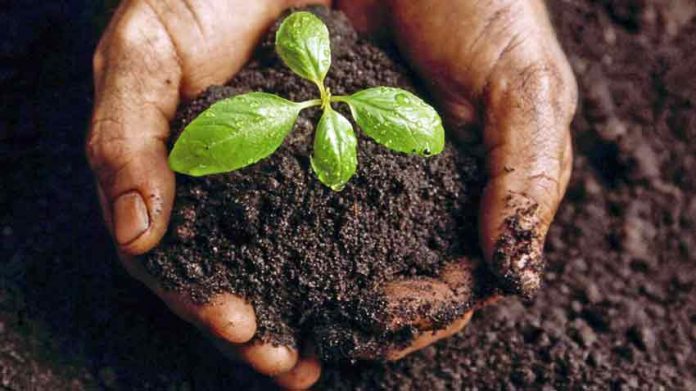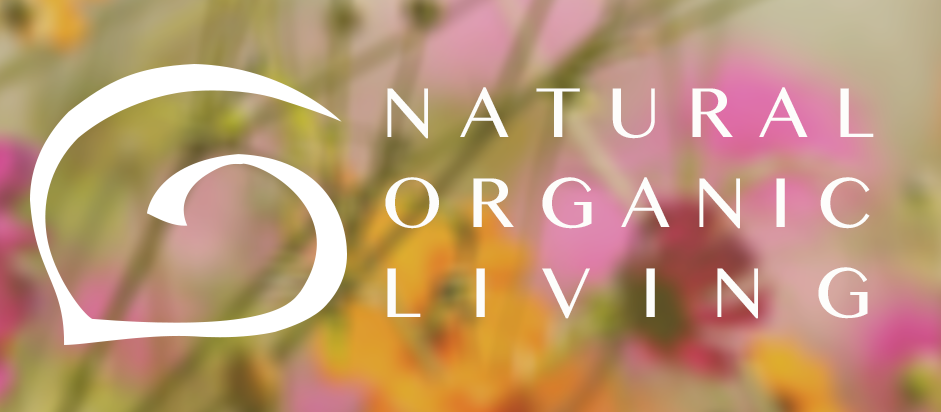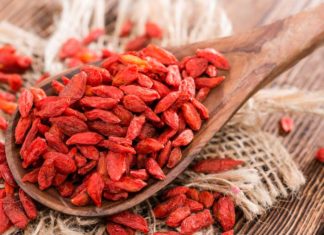
Understanding about organic definition can be difficult, and many consumers can’t make sense of the Organic label. To start with everything with organic start with it core the ingredients. In understanding the organic level we need to understand the growth and treatment of its’ ingredients. Let’s learn the different levels of organic classification by reading below.
 Organic standards prohibit the use of synthetic pesticides and herbicides
Organic standards prohibit the use of synthetic pesticides and herbicides
Certified Organic Label Guide
According to the organic definition, organic products do not use pesticides and chemical fertilisers. To obtain an organic stamp of approval, products’ must be cultured, preserved and processed in the absence of pesticides, synthetic fertilisers, biotechnologies and radioactive chemicals. Here are the specific organic definitions of some products:
Organic fresh fruits:
They are grown without the use of conventional pesticides, artificial fertilisers, harmful chemicals, or sewage sludge, and they are processed without ionising radiation or food additives.
Organic processing foods:
Organic processing foods are grown or farmed without the use of artificial chemicals, antibiotics, hormones, or genetically modified organisms (GMO). To be labelled organic, a processing food product must be free of artificial food additives such as artificial preservatives, sweeteners, colouring, flavouring and monosodium glutamate (MSG) and cannot exceed 10% of other contamination Maximum Residue Limits (MRLs) as defined by FSANZ. For animals, it means they are reared without the routine use of antibiotics and the use of growth hormones. Some studies have found that organic processing foods generally contain higher levels of antioxidants and certain micronutrients, including vitamin C, zinc, and iron. Only products which are approved as certified with certifier can be marketed as certified organic.
Organic cosmetics:
To be considered as organic, each ingredient must comply with COSMOS (Cosmetics Organic and natural Standard) and each product must use only the chemical processes which the Standard allows. These standards are as below:
- Water must follow hygienic standards;
- Physically processed agro-ingredients such as animal, plant or microbial origin mustn’t contain any GMO and critically endangered species.
- Chemically processed agro-ingredients must follow the principles of Green Chemistry with the resulting ingredients complying with strict limitations of toxicity and biodegradability;
- Minerals and ingredients of mineral origin must be modified with simple chemical reactions;
- Other ingredients and petrochemical moieties are temporarily allowed and are reviewed on a regular basis, taking into account the availability of acceptable alternatives.
Organic textiles
Global Organic Textile Standard (GOTS) is well known as the world’s leading processing standard for organic textiles. It defines a high-level environmental standard based on the entire organic textiles supply chain and compliance with social criteria as well.
It is the seal of approval for clothes that contain at least 70% organic materials. The certification also means that the chemicals used in each process are not hazardous. GOTS doesn’t only avoid harmful chemicals but also ensures that throughout the supply chain, the production of all clothes has to meet the high ecological standards.
The different bodies in Australia that monitor these standards and labels:
The Australian government has an Organic & Biodiversity Standard and gives authority to 6 certification bodies in Australia to administer certification to the national organic standard. All these 6 certification bodies use the national organic standard as a base standard. These 6 certification bodies are:
- The National Association for Sustainable Agriculture, Australia Limited (NASAA): This is an international association of organic operators. The operators make an effort to use sustainable organic agricultural practices, which maintain a balance of productivity and limit the bad impact on the environment, thus preserving the ecological quality of the land for future use. The NASAA Label accurately indicates throughout the market chain and the consumers that the products are labelled and produced by this Standard. Labelling of certified products must include the following details:
-
- The person or company is legally responsible for the production or processing of the product.
- Level of certification.
- Registration number and relevant NASAA Label

NASAA organic labelling
- Australian Certified Organic (ACO): This organisation carries out independently accredited auditing, review and certification work, which enables the licensing of the Bud logo and reference to certified organic or biodynamic status. This certification is also classified into 4 levels of organic definition:
- 100% organic: entire organic ingredients
- Organic: At least 95% organic ingredients.
- Made with organic ingredients: At least 70% organic ingredients.
- Organic ingredients account for less than 70% of the ingredients: only the ingredients listed on the label.
- Of course, the remaining ingredients must be naturally-produced plants and completely non-toxic.
 ACO organic labelling
ACO organic labelling
- Organic Food Chain (OFC): This is an organic certification which is recognised by the Department of Agriculture and Water Resources. This standard product also has four levels:
- 100% organic or 100% Bio-dynamic: this standard produces 100% of the ingredients.
- Organic or Bio-dynamic: contains at least 95% organic materials or biological production processes.
- Made with organic or Made with Bio-dynamic: The main ingredients must have the organic origin or biological production process. At least 70% of the ingredients are made from organic or bio-dynamic materials.
- For products with organic or bio-dynamic ingredients below 70%, only the list of ingredients is displayed on the label.
 OFC organic labelling
OFC organic labelling
- Bio-Dynamic Research Institute (BDRI): This is a world leader in the ecological and sustainable production of the food and natural fibres. Products that are certified by BDRI must meet exactly the national quality standards for clean production and biological agriculture. Its organic definition indicates that 95% of the ingredients must be organic, the remaining ingredients have to come from clean biological agriculture and meet the Australian BDRI standard.
- AUS-QUAL: AUS-QUAL offers organic auditing and certification to all sectors of organic agricultural, processing, exportation of products and food handling industries. It is given credit by The Australian Department of Agriculture and Water Resources (ADAWR). After certifying to AUS-QUAL, all businesses will have the chances to export their products worldwide as ADAWR has negotiated recognition for this organic standard throughout many regions all over the world.
- Safe Food Production Queensland (SFQLD): this is a statutory body, established under the Food Production (Safety) Act 2000.
Two of these bodies, NASAA & ACO, also have their additional requirements – such as conditions for international organic standards, allowing you to export your products internationally. Each organic certification body has to comply with the strict standard; on top of this, the certifying bodies may have additional requirements for their members to meet. The only other difference comes down to location and pricing for certification and ongoing auditing and assessment. You need to do throughout research about each organisation to find out what’s best for you or consult with an organic consultant such as Organic Systems and Solutions.
Organics meaning is not just “chemical free”. It is a whole system of growing and handling the products we consume. The whole system is tightly linked – animals, plants, soil, food, people, and the environment. If you would like to know more useful information about the Organic definition and organic products, please visit our website at https://naturalorganicliving.com.au/. Thanks for your reading!













